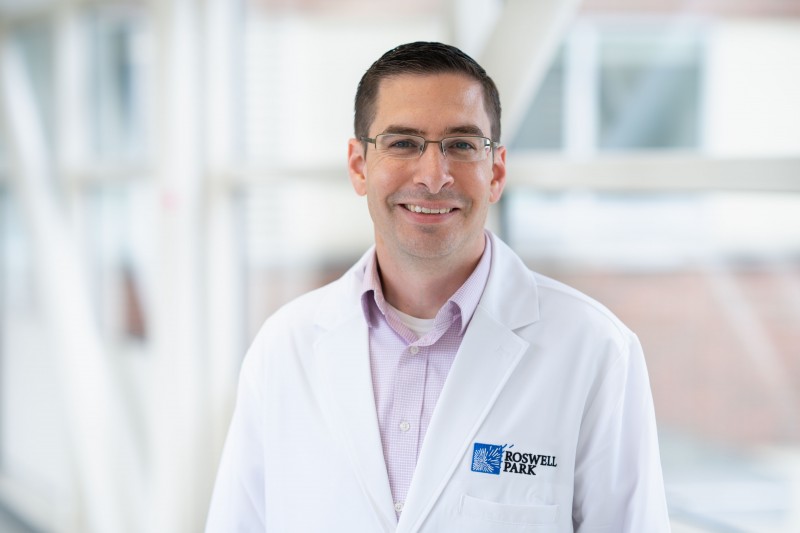Researchers Reveal Immune Status Changes in Tumors After Radiation
 A study out of Roswell Park Comprehensive Cancer Center is shedding light on how radiation therapy used to kill cancer cells also affects immune cells and other components of patient tumors. The findings, published in the Journal for ImmunoTherapy of Cancer, may also provide information that could be key for planning treatment regimens that combine immunotherapy and radiation therapy.
A study out of Roswell Park Comprehensive Cancer Center is shedding light on how radiation therapy used to kill cancer cells also affects immune cells and other components of patient tumors. The findings, published in the Journal for ImmunoTherapy of Cancer, may also provide information that could be key for planning treatment regimens that combine immunotherapy and radiation therapy.
“There’s a lot of interest right now in combining radiation, which is a conventional cancer therapy, with immune-based treatments to try to improve responses to immunotherapy,” says Jason Muhitch, PhD, the study’s senior author and Professor of Oncology in the Roswell Park Department of Immunology. “If we know more about how radiation works by itself, we can better combine it with different forms of immunotherapy.”
To better understand the changes that occur with irradiation, Dr Muhitch and colleagues used single-cell RNA sequencing and spectral flow cytometry to analyze tumors from patients who were diagnosed with renal cell carcinoma, the most common type of kidney cancer in adults. Eight patients had been treated with nephrectomy — surgical removal of the kidney — without radiation. Another six had previously enrolled in a clinical trial (NCT01892930) in which they underwent nephrectomy after treatment with stereotactic body radiation therapy (SBRT), which targets tumors precisely with very high doses of radiation. The researchers identified differences in both the immune cells and tumor cells of patients in both groups.
Co-author Adil Khan, PhD, of the Department of Immunology, performed the spectral flow cytometry, which makes it possible to identify specific subtypes of immune cells and describe the changes that take place within those subtypes depending on the type of treatment. First author Jacky Chow, PhD, at the time a postdoctoral researcher at Roswell Park, performed the single-cell RNA sequencing analysis to reveal the “programming” of individual immune and tumor cells and how that code changes after irradiation.
The team’s analysis showed that the irradiated tumors contained higher levels of both early-activated and “exhausted” CD8 T-cells, which help regulate the body’s response to cancer but have been weakened by previous activity — information that can provide clues on how these cells can be employed to fight tumors.
“A more widely used form of immune checkpoint inhibitor, anti-PD-1 therapy, might work very well for unleashing more of the anti-tumor effects of these exhausted CD8 T-cells that we’re seeing increased after radiation,” notes Dr Muhitch. “And when we look at just the tumor cells, we can see from their expression patterns that they are more susceptible to the cytotoxic killing effects of the T-cells. There’s an advancement here in terms of understanding what effects radiation has on both T-cells and cancer cells within patient tumors.”
Dr Chow, he says, brought those two pieces of information together and predicted increased interactions between the T-cells and the tumor cells following radiation treatment. “That information is powerful,” says Dr Muhitch.
The team has made the high-dimensional data generated during this study freely available in public repositories so members of the wider research community can use them in future studies.
Dr Muhitch expresses gratitude for the patients who participated in the clinical trial and whose tumor samples laid the foundation for the study.
“We tried to learn as much as we could using state-of-the art technology to inform us about the changes that occur in patient tumors that are treated with radiation. Those precious cells may help another cancer patient in the future.”